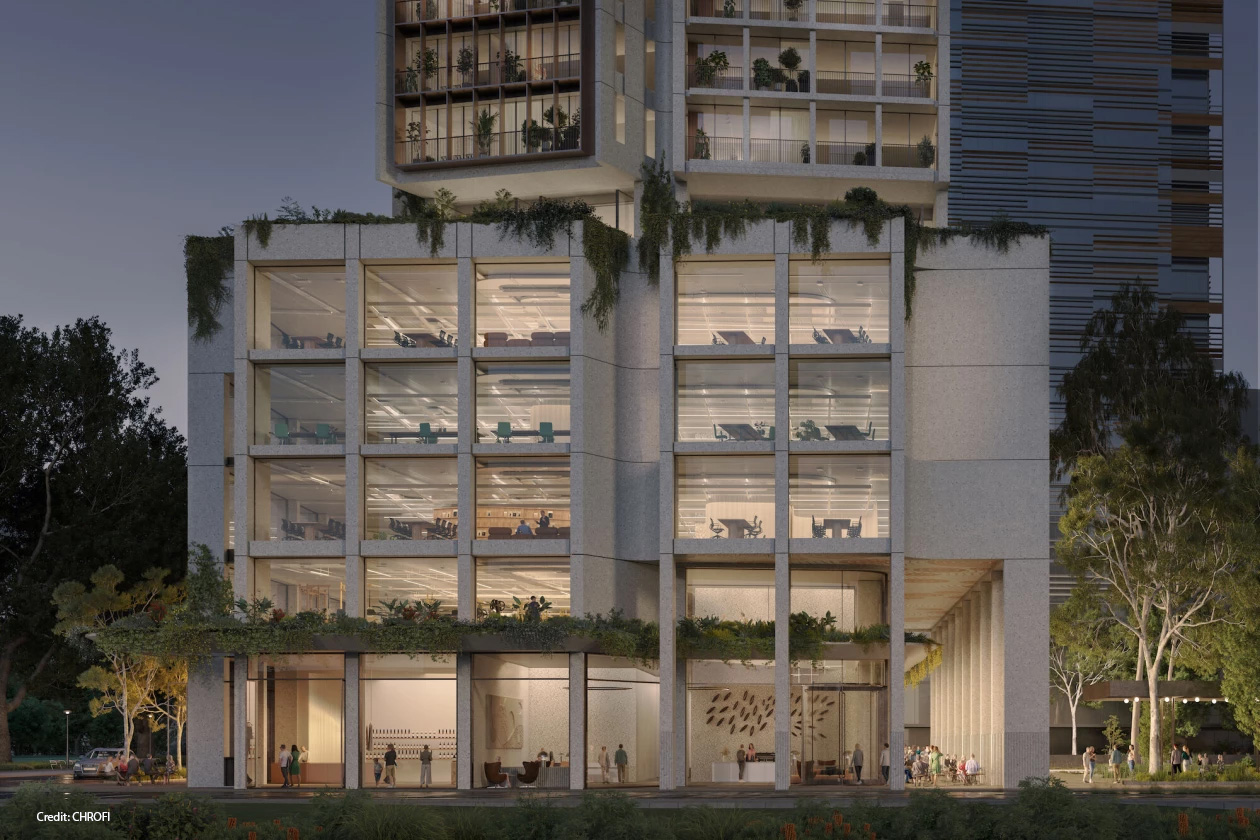
Australia's "Missing-Middle" Housing Finance Blindspot
Australia's "Missing-Middle" Housing Finance Blindspot
Australia's Missing Middle Reveals $45 Billion Financing Opportunity
Australia's commercial real estate market faces a $45 billion financing challenge that's hiding in plain sight.
Between traditional residential mortgages and large-scale commercial loans lies a critical gap. Mixed-use developments combining retail, office, and residential elements have trouble accessing appropriate capital through conventional lending channels.
For CFOs and real estate investors, this represents both a significant market failure and an unprecedented opportunity.
The Mathematics of Market Failure
Australia's major banks operate with lending frameworks designed for single-asset classes. A $20 million mixed-use development combining ground-floor retail with residential units above triggers complex risk assessment protocols that often result in rejection or prohibitively expensive terms.
The numbers tell the story. Mixed-use projects face interest rate premiums of 150-200 basis points above comparable single-use developments. Loan-to-value ratios drop from 75% to 55-60%. Due diligence periods extend from 6-8 weeks to 16-20 weeks.
These aren't minor inconveniences. They're deal-killers that prevent viable projects from accessing capital markets.
CrowdProperty research found that 56% of small-scale developers consider raising project finance their biggest obstacle, with planning approval concerns ranking much lower at just 13%.
The financing challenge outweighs regulatory hurdles by more than four to one.
Capital Requirements Create Opportunity
Australia's housing targets create unprecedented capital requirements. The National Housing Accord aims for 1.2 million new homes over five years from mid-2024, representing approximately $360 billion in construction value at current prices.
Medium-density housing plays a central role in this strategy.
Yet the financing infrastructure to deliver these homes remains fragmented. Traditional banks retreat from projects they can't easily categorise. Developers with viable projects struggle to access capital.
For institutional investors and fund managers, this creates a compelling arbitrage opportunity. Capital is abundant but can't efficiently reach viable projects due to structural inefficiencies in traditional lending markets.
Risk-Adjusted Returns Through Diversification
Post-COVID work patterns have transformed how we use urban space. Empty office buildings and struggling retail strips need new life.
Mixed-use developments offer superior risk-adjusted returns through diversified income streams. Ground-floor commercial space provides 6-8% yields, while residential components offer 4-5% yields with stronger capital growth prospects. Portfolio diversification reduces vacancy risk compared to single-use assets.
The Australian commercial real estate market is expected growing at 5.32% annually. Mixed-use developments represent the fastest-growing segment within this expansion.
Current financing constraints represent a $15-20 billion annual opportunity cost in unrealised development value.
Traditional Risk Models Create Systematic Mispricing
Australia's Big Four banks use risk assessment models calibrated for single-asset classes. When residential and commercial elements combine, these models default to worst-case scenarios rather than recognising diversification benefits.
The result is systematic mispricing of mixed-use project risk. Banks treat a diversified income stream as higher risk than concentrated exposure to a single asset class. This contradiction creates persistent market inefficiency.
This market failure is well-documented. Banks and moneylenders have become sceptical about funding new developers for mixed-use projects, with traditional lenders viewing these developments as higher risk despite their diversified income streams.
For sophisticated investors, these inefficiencies represent alpha generation opportunities. Capital deployed through alternative channels can achieve superior risk-adjusted returns while serving genuine market demand.
Consider the economics. A $25 million mixed-use development in Melbourne's middle ring might generate 12% IRR through traditional bank financing at current rates. Alternative financing structures could improve returns to 15-18% IRR while reducing completion risk through better capital structure flexibility.
Technology Enables Global Capital Access
Technology-enabled financing platforms offer institutional-grade due diligence with digital efficiency. Advanced risk assessment algorithms can evaluate mixed-use projects using granular cash flow modelling rather than crude asset class categorisation.
Global capital networks provide access to investors who understand these asset classes. European and North American institutional funds have decades of experience financing mixed-use developments. Digital platforms can connect Australian projects with this expertise and capital.
The competitive advantage flows to first movers who establish relationships with these alternative capital sources before traditional banks adapt their lending frameworks.
Strategic Positioning for Capital Providers
For CFOs and investment committees, mixed-use developments offer compelling portfolio diversification. Unlike pure residential or commercial assets, these projects generate income from multiple sources with different risk profiles and economic sensitivities.
Forward-thinking real estate investors are already positioning for this opportunity. Streamlined planning approvals in NSW and Victoria have reduced regulatory risk. Digital financing platforms provide access to global capital markets previously unavailable to mid-scale developments.
The question becomes execution timing and platform selection.
Market Sizing the Opportunity
The mathematics are straightforward. Australia needs 240,000 new dwellings annually to meet demand. Traditional financing can deliver perhaps 180,000 through existing channels. The remaining 60,000 dwellings require alternative financing approaches.
The scale of unmet demand is significant. 177,000 new dwellings were completed in 2024, falling short of the underlying demand estimated at 223,000 for the same period.
This 46,000-unit annual shortfall represents $13.8-18.4 billion in development value at current construction costs. For institutional investors seeking diversified real estate exposure, this market segment offers both social impact and superior risk-adjusted returns.
Three factors create immediate opportunity for sophisticated capital providers:
First, regulatory streamlining has reduced approval risk for mixed-use developments across major Australian markets.
Second, traditional bank lending capacity remains constrained by legacy risk assessment frameworks that systematically underprice diversified income streams.
Third, global institutional capital seeks exactly these risk-adjusted return profiles but lacks efficient access to Australian mid-scale development opportunities.
Technology platforms that connect these elements will capture significant value while addressing genuine market failures. The question for CFOs and real estate investors is strategic positioning within this emerging ecosystem.
Australia's missing middle financing gap represents both market inefficiency and investment opportunity. Success belongs to capital providers who recognise the arbitrage before traditional lending adapts.
References
1. CrowdProperty research on developer financing challenges: https://propertyupdate.com.au/the-surprising-reason-we-cant-build-the-missing-middle/
2. National Housing Accord policy framework: https://treasury.gov.au/policy-topics/housing/accord
3. Australian commercial real estate market analysis: https://www.mordorintelligence.com/industry-reports/commercial-real-estate-market-in-australia
4. Mixed-use development financing challenges: https://www.commercialproperty2sell.com.au/blog/2023/05/rise-of-mixeduse-developments-in-australian-c.php
5. National Housing Supply and Affordability Council data: https://nhsac.gov.au/news/release-state-housing-system-report-2025

